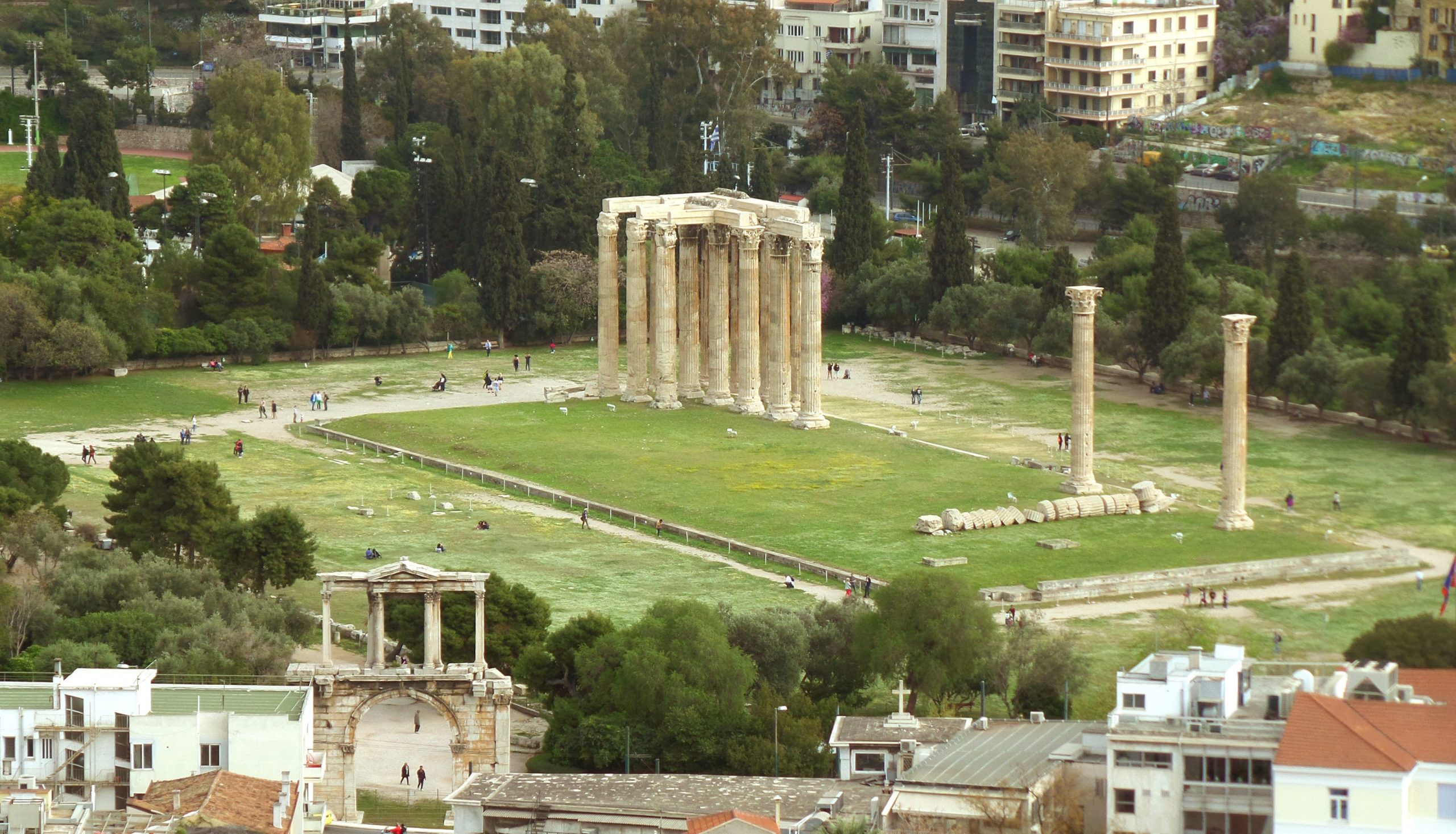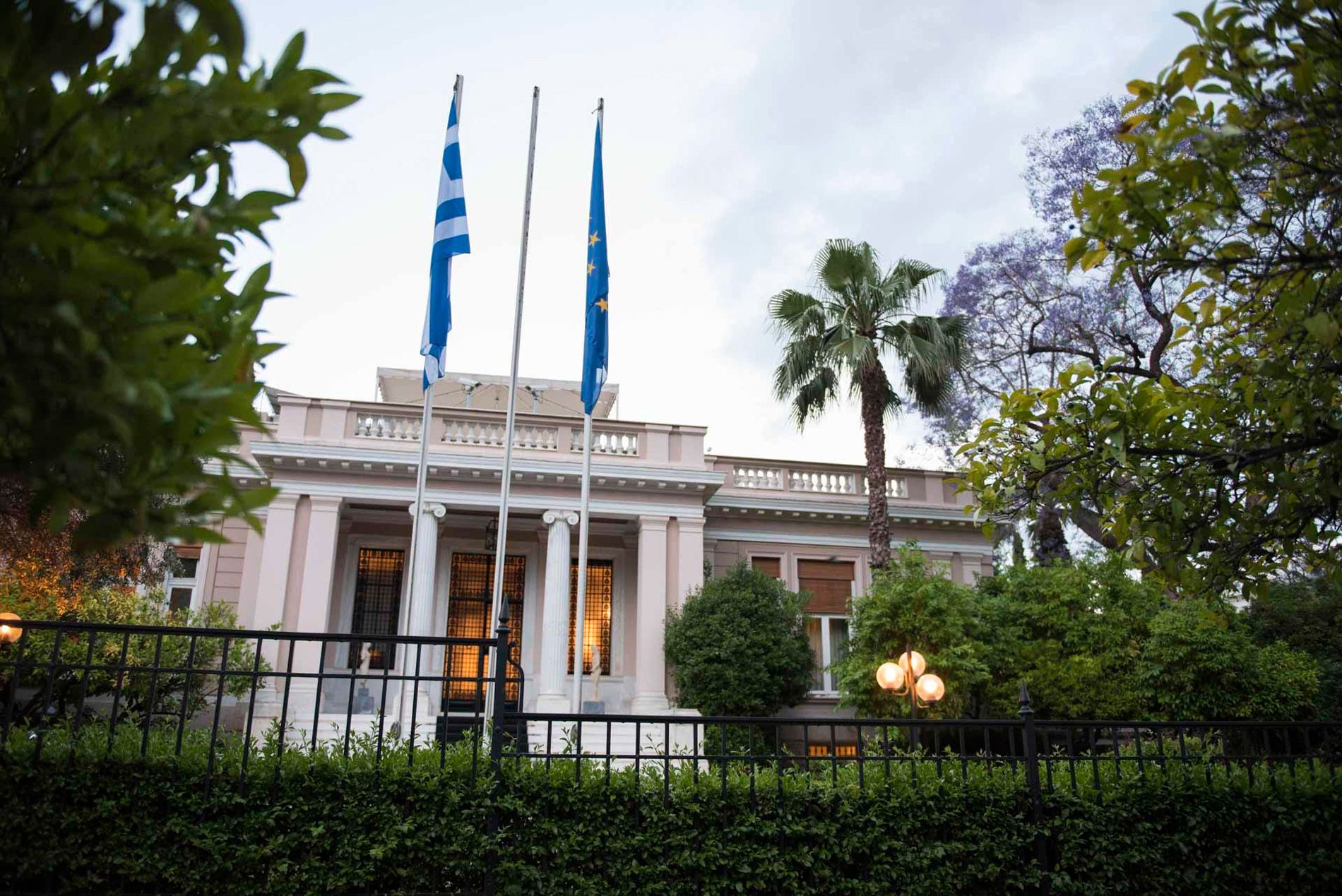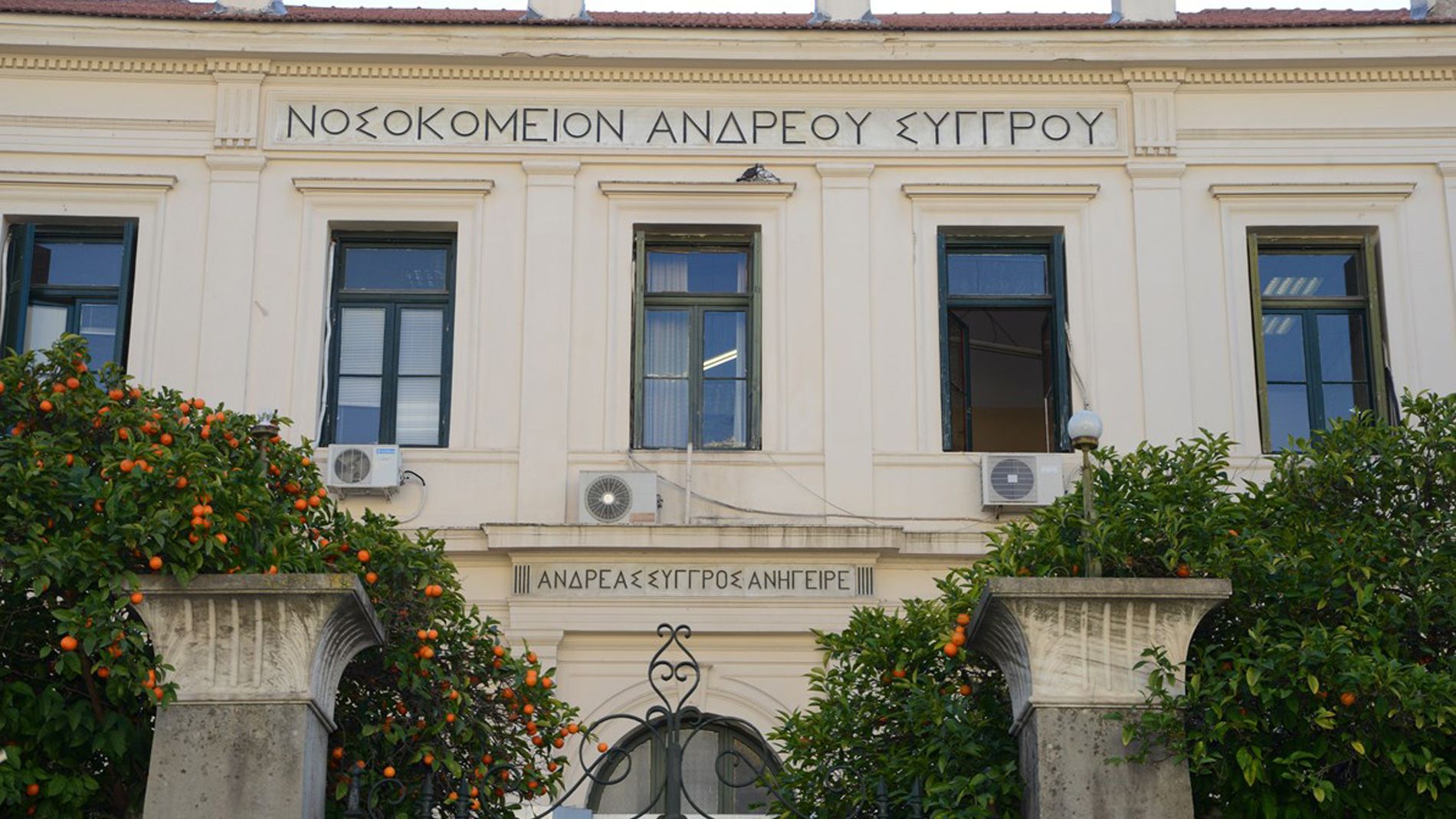Lycabettus Hill
Lycabettus Hill
Lycabettus Hill, includes a protected area (CORINE) of a total 41.65 hectares, it has a total perimeter (km) of 2.7, a maximum altitude (m) of 260.0 and a minimum (m) of 150.0. Apart from the impressive view the mountain has some very rare plants (endemic of Attica and southern Greece), that contribute to its environmental importance.
Lycabettus is a steep hill in the center of Athens covered by a pine and cypress forest. There are also rocky slopes and cliffs. Its characteristics have been altered by human activities. On the hill there is a restaurant, a cafe, and an open theater, the well-known Lycabettus Theater where many historical concerts and theatrical performances have taken place, while on the slopes there are gazebos and paths ideal for walking. You access the top by car or by cable car, which starts at Ploutarchou Street, in the area of Kolonaki.
At its top dominates the white church of Saint Georgios, which dates back to the 18th century, while lower down, built inside the cave of the rock, and stands the small church of Saints Isidoroi. From its top there is an amazing view of the entire Athens basin. The Holy Church of Saint George is a single-aisle basilica with a dome built around the end of the 18th century, as researcher and archaeologist Anastasios Orlandos writes.
During the ancient times, at the top of the hill, there was the altar of Zeus Akraios, while during the times of the Turkish rule in the city, there was a Christian temple at the same place, as depicted in pictures of the city’s travelers. This temple must have been a chapel dedicated to Prophet Elias, which, when it was completely deserted, the church of Saint George was built. The tall spire of the church was a gift to the Athenians, from Queen Olga at the end of the 19th century. In the area of the temple, marble inscriptions have been found that state that there was once a small cemetery there as well. On both sides of the main church there are two chapels, attached to Saint George, Prophet Elias and Saint Constantine which were built later (around 1885).








